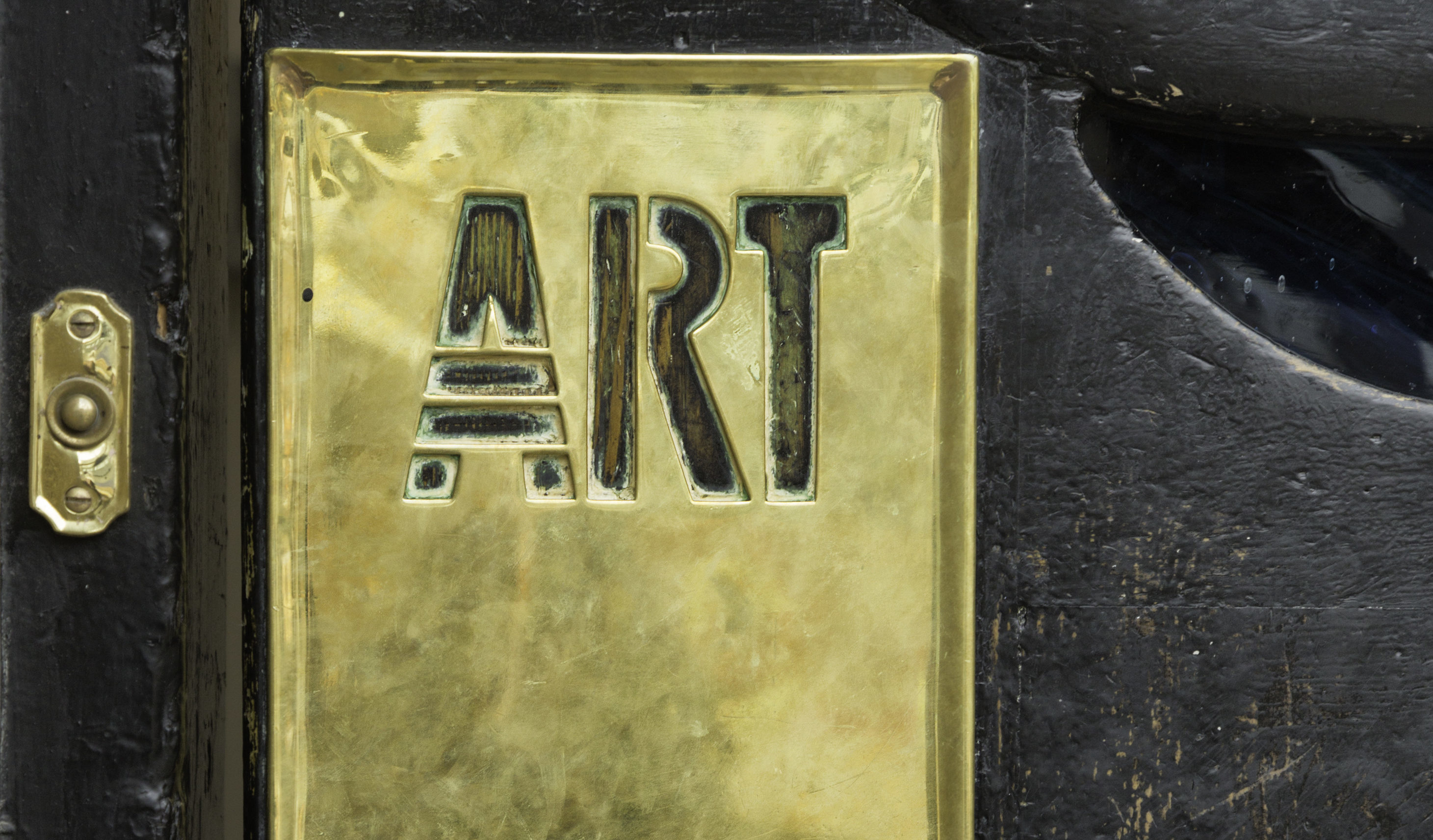
LETTERS from leading artistic figures including William Morris and Auguste Rodin have been discovered in an art school’s archives.
The papers, unseen in public for more than 70 years, were discovered in a box of the papers of Francis Newbery who was Director of The Glasgow School of Art from 1885 to 1918.
During that time the art school gained an international reputation, while Newbery was also responsible for commissioning a young Charles Rennie Mackintosh to design the Mackintosh building, which is being restored following a devastating fire in May 2014.
The discovery was made by archivist Rachael Jones who is currently working on papers relating to Directors of the GSA, during digitisation and cataloguing of the archives.
She said: “I knew that some of the most exciting of the Directors Papers were those of Francis Newbery, Head of the Art School during an incredibly dynamic period in the School’s history.
“So I was thrilled to find that a box of material relating to him that had not yet been catalogued, and to discover some real gems in it.”
Among the papers is a pack of four letters written by designer and social reformer William Morris, a leading figure in the Arts & Crafts movement, discussing an invitation to give some lectures in Scotland in the spring of 1889.
In the earliest of the letters, dated January 14, 1889, Morris says “I don’t like to say no, although I have memories of early spring in Glasgow from last year which rather terrify one.”
However in the next letter (dated January 21) he agrees to give a lecture under the auspices of the Socialist League of Glasgow (on Sunday February 10) and one to the students at The Glasgow School of Art (on Monday February 11).
By January 24 he has agreed the subject for The Glasgow School of Art lecture should be “Arts and Crafts”.
Experts said it is “very likely” Charles Rennie Mackintosh would have had the opportunity to attend that lecture as he was a student at the GSA at the time.
GSA Lecturer and specialist in British art and design history, Dr Helen McCormack, said: “It is generally agreed among scholars that Mackintosh’s work, not least the building at GSA which bears his name, conveys some stylistic and architectural details determined by Arts & Crafts ideals, and here in these letters we learn about an event at which the young designer would almost certainly have learned about these principles from one of the leaders of the Arts & Crafts movement, William Morris.”
Also discovered among the papers were two letters from one of the world’s greatest sculptors: Auguste Rodin.
In the earlier of the two letters, sent from Paris on April 29, 1901, Rodin writes to Newbery asking about the public reaction to plasters of two of his sculptures St Jean and Les Bourgeois de Calais – that had been sent to The Glasgow International Exhibition, the major event that marked the opening of Kelvingrove Museum and Art Gallery.
The papers also include a letter from War of the Worlds author HG Wells, and a letter from one of the original Glasgow Boys, the artist Sir John Lavery.
The letters have now now digitised and can be seen in the GSA’s online archives.

Enjoy the convenience of having The Sunday Post delivered as a digital ePaper straight to your smartphone, tablet or computer.
Subscribe for only £5.49 a month and enjoy all the benefits of the printed paper as a digital replica.
Subscribe